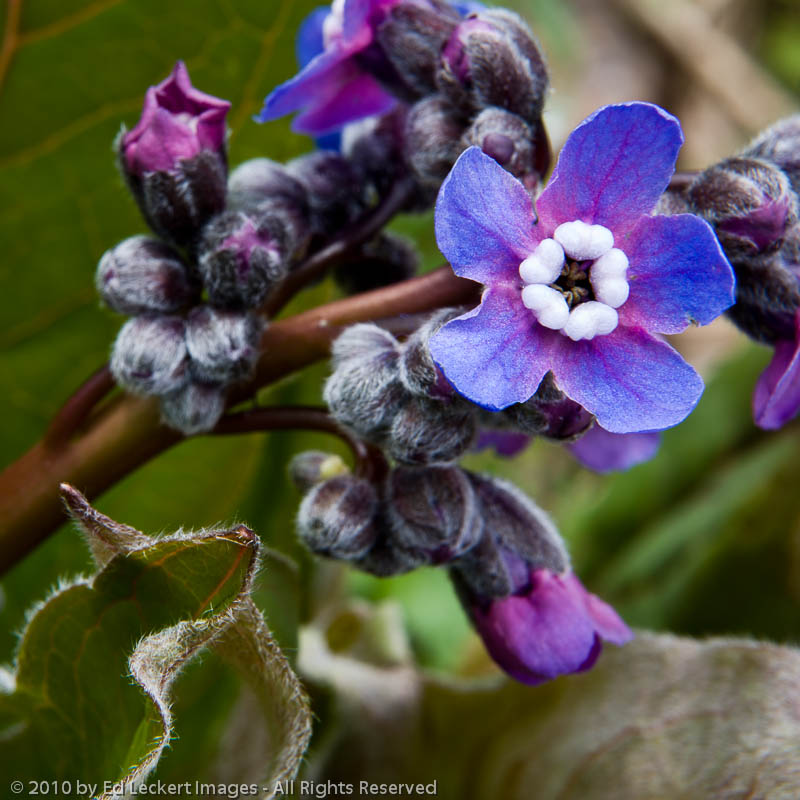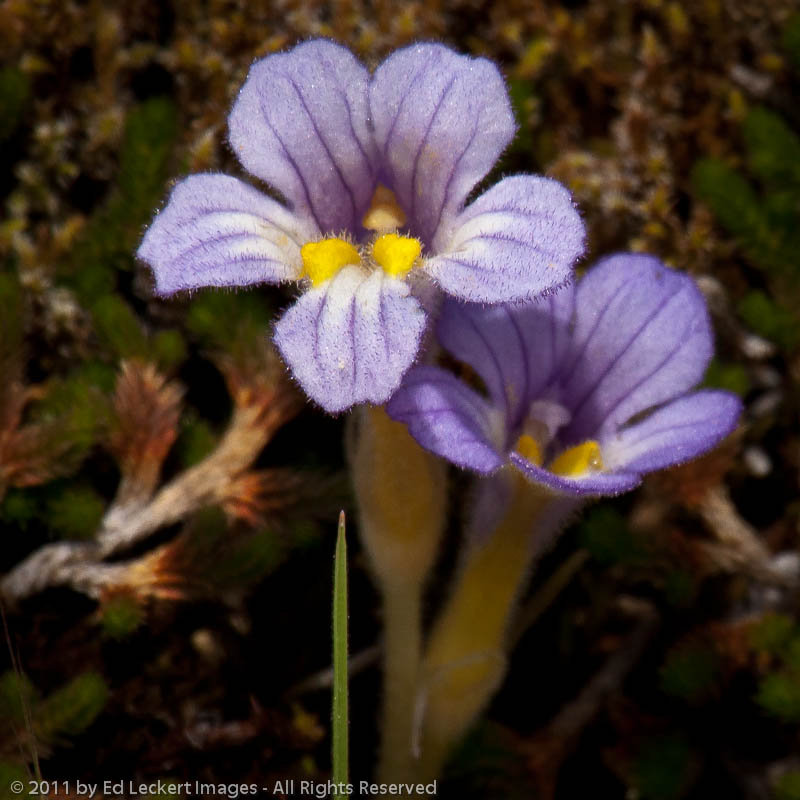


First of all, if you Googled the word “naked” and ended up here, you can go away now. I have to assume, though, that if you did do that, this post would probably not show up in the first thousand or so pages. So you’re probably pretty tired by now, anyway. But you never know.
No, this post is about wildflowers. (I know, but bare with me. Ahem.)
It’s summer, and this is wildflower season in my hemisphere, and I’ve been seeing the little buggers everywhere on hikes and scrambles, so I thought it was time to acknowledge them. In fact, on my scramble to Lichtenberg Mountain yesterday I acknowledged about 10,000 pink mountain heather plants by stomping them into the ground with my boots. It wasn’t my fault – it’s the nature of scrambles and the things were everywhere! Please don’t tell the Forest Service.
Anyway, when I was a kid vacationing with my parents in the Great Smokey Mountains, my mom would always get excited about the mountain laurel on the side of the road, and I’ll admit it was pretty, but I never gave wildflowers too much thought until I started hanging out with the Mountaineers. No, not the hikers – they’re going way too fast to notice anything. But the photographer and naturalist (not naturists – we’ve been through this before) groups are always stopping to smell the roses and photograph the lewisia columbiana (that’s columbian lewisia in American – better?). So it’s because of the Mountaineers that I started to take notice and began to photograph and identify wildflowers on my trips.
One of the Mountaineers leaders, Linda, likes to lead early Spring trips every year to the Columbia Gorge – the one without the amphitheatre – to watch some of the earliest wildflowers in Washington State come to life. I’m not sure, but I think she times the trip mainly to coincide with the arrival of dutchman’s breeches, one of the stranger ones out there. They’re not that common, but we’ve been lucky – we’ve seen dutchman’s breeches every time I’ve gone on this trip.
Some of you may have seen some gorgeous photographs taken from the Oregon side showing fields completely filled with arrowleaf balsamroot and lupine. Well, when you go in late March, that’s not what you see. If you go looking for a carpet of flowers, you’re going to be disappointed. In fact, you might not even notice what is there. But if you look closely, you can see some truly amazing things.
My first year with the group we were hiking (and I use that word loosely – more like crawling) the Catherine Creek Trail and we came across the amazing grand hound’s tongue. Someone looking at my photo once said it looks more like jewelry than a flower, and I agree. But I go back to the same spot every trip and I haven’t seen it since.
What we do see consistently is the yellow bells, the shooting star, the glacier lily and the grass widow. And of course loads of columbia desert parsley. And the midget phlox, the small-flowered blue-eyed Mary, and the oaks toothwort. The whole collection is in the Wildflowers section of my Image Gallery.
But what’s this naked business? Just a cheap tease to get your attention? Nope. There is actually a pretty little thing that grows all over the west coast of the US called orobanche uniflora, or (wait for it…), naked broomrape! Really! It is a parasite that contains no chlorophyll, and once attached to a host, robs it of water and nutrients. The name “broomrape” originated in Europe, where it referred to the one-flowered broomrape which parasitized a plant host known as “broom.”
 So now you know. The next time you’re out hiking and you come across one of these little beauties, you can announce to your friends, “Naked broomrape!”. They’re sure to be impressed!
So now you know. The next time you’re out hiking and you come across one of these little beauties, you can announce to your friends, “Naked broomrape!”. They’re sure to be impressed!

What a beautiful story, Ed! Love the wildflower pictures. Shame on me to think you were referring to the winery.
It’s OK, Lorraine. That’s how you roll. 🙂